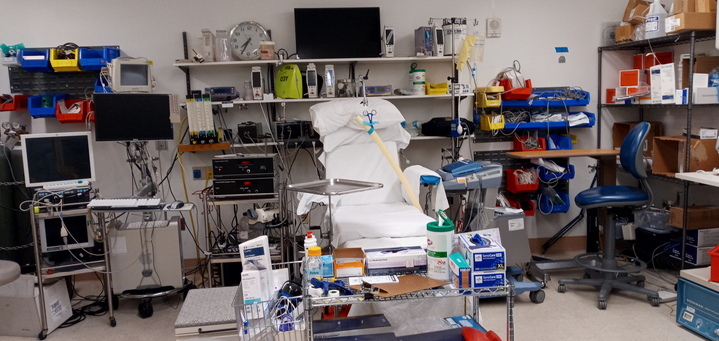
In June, OxiWear engineers conducted hypoxia testing at the University of California – San Francisco, Hypoxia Lab. The Hypoxia Lab has been conducting research since 1958 and was founded by John W. Severinghaus, Professor Emeritus, Department of Anesthesia and Perioperative Care, UCSF. Dr. Severinghaus was the inventor of modern blood gas analysis and has issued more than 200 peer reviewed publications in the gas exchange/gas transport field.
According to the Hypoxia Lab website, its focus areas include:
The types of testing provided by the clinic include standard pulse oximeter study, methemoglobin, carboxyhemoglobin, cerebral oximetry, profound hemodilution, drug-induced apnea testing, and neonatal accuracy testing. The hypoxia lab provides testing at steady state oxygen levels as well as target saturation rates. The lab results are recorded, and an analysis is provided from the testing. The lab provides a testing environment for companies pursuing FDA approvals for new and innovative products. For more information, visit: https://hypoxialab.com/services.Photoplethysmography (PPG) testing is used to detect blood volumes in peripheral circulation. The OxiWear tests at UCSF were performed on June 15, 2021 with 10 test subjects and resulted in 25 samples from multiple runs on each subject. The goal of the PPG testing was to collect and compare the results of OxiWear with approved, medical-grade, pulse oximetry devices. The patients experienced simulated hypoxic states by breathing through a mouthpiece (similar to a snorkel mouthpiece) that controlled the oxygen saturation rates throughout the testing period. Our team gained critical insights and data from these tests and OxiWear showed comparable data readings to medically approved device results.